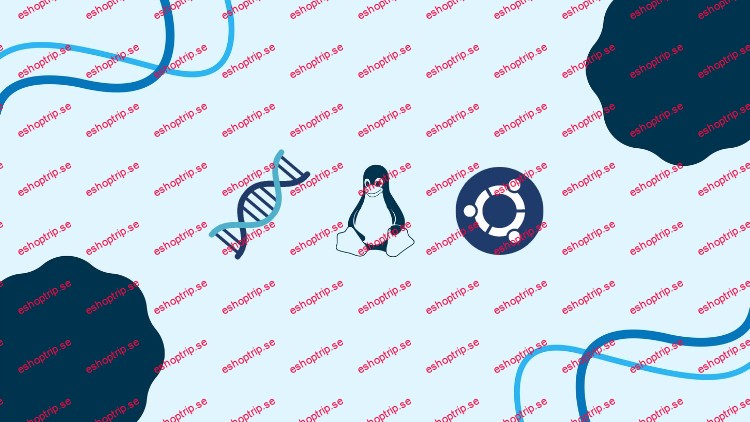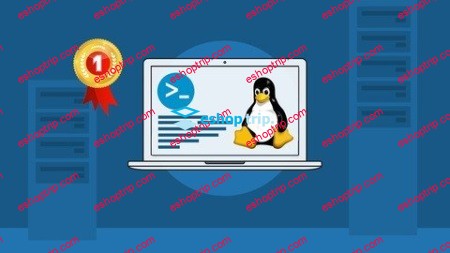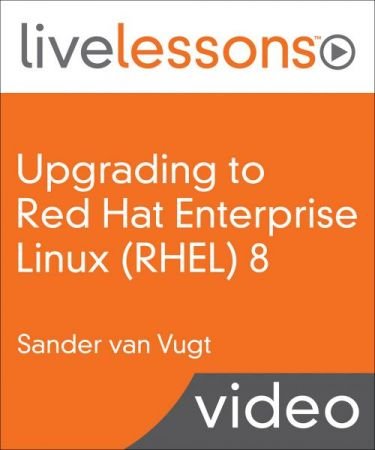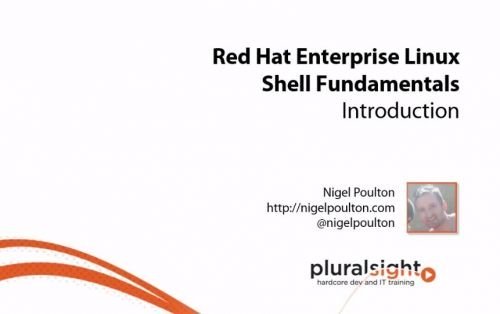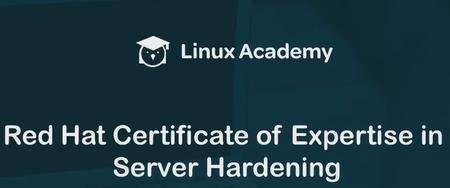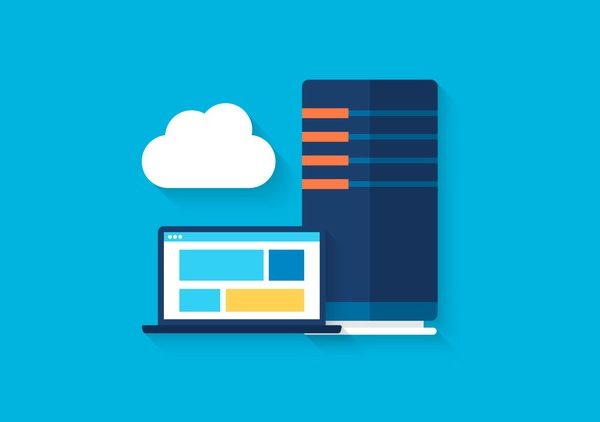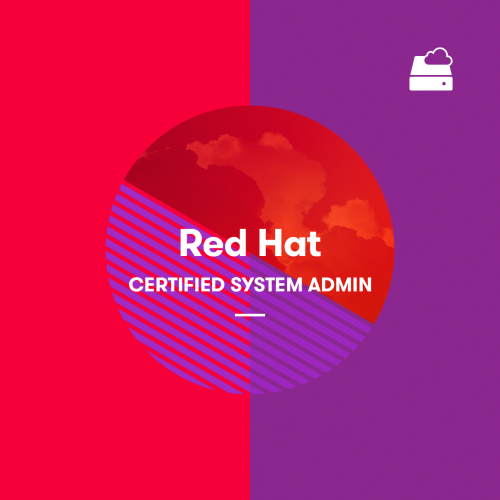Published 7/2024
Created by Abdul Rehman Ikram
MP4 | Video: h264, 1280×720 | Audio: AAC, 44.1 KHz, 2 Ch
Genre: eLearning | Language: English | Duration: 69 Lectures ( 7h 39m ) | Size: 3.5 GB
Learn the Linux Command Line Bioinformatics from Scratch and Improve your Career with the Project-Based Linux Course
What you’ll learn:
Understand the basics of the Linux operating system and its significance in bioinformatics.
Install and configure a Linux OS on a virtual machine or as a dual-boot system.
Navigate the Linux file system using essential commands such as ls, cd, pwd, cp, mv, and rm.
Create, edit, and execute shell scripts to automate bioinformatics tasks.
Install and manage bioinformatics software using package managers like apt and yum.
Set up and use Windows Subsystem for Linux (WSL) to run Linux commands and bioinformatics tools on Windows.
Perform quality control and trimming of sequencing reads using tools like FastQC and Trimmomatic.
Assemble short sequencing reads into contigs and scaffolds using SPAdes and Velvet.
Assemble long sequencing reads using tools like Canu and Flye, and perform post-assembly analysis.
Conduct ChIP-seq data analysis, including alignment with BWA, peak calling with MACS2, and post-peak annotation with HOMER.
Execute variant calling workflows, including alignment with BWA, variant calling with GATK HaplotypeCaller, and annotation with ANNOVAR.
Perform RNA-seq data analysis, including read alignment with STAR, quantification with HTSeq, and differential expression analysis with DESeq2.
Visualize bioinformatics data using tools like IGV, UCSC Genome Browser, and creating heatmaps and volcano plots.
Troubleshoot common issues encountered during bioinformatics workflows on Linux and WSL.
Gain proficiency in using Linux-based bioinformatics pipelines for various applications, including sequencing reads assembly, ChIP-seq, variant calling, and RNA
Requirements:
Basic Computer Literacy: Familiarity with using a computer, managing files and folders, and installing software.
Interest in Bioinformatics: A keen interest in bioinformatics and a desire to learn how to use Linux for bioinformatics applications.
Access to a Computer: A computer with internet access for downloading software and course materials. A modern PC or laptop with at least 4GB of RAM is recommended.
No Prior Linux Experience Needed: The course is designed for beginners, so no prior experience with Linux is required. All necessary concepts will be covered from scratch.
No Bioinformatics Background Required: The course will cover bioinformatics tools and techniques in detail, making it accessible to those new to the field.
Willingness to Learn: A proactive attitude towards learning new concepts and troubleshooting issues.
Description:
Master the Linux Command Line for Bioinformatics: Elevate Your Career with Project-Based LearningAre you ready to enhance your bioinformatics skills and elevate your career? “Linux Mastery for Bioinformatics: Master Linux in 7+ Hours” is the ultimate course designed for beginners and professionals alike to master the Linux operating system for bioinformatics applications. This comprehensive, project-based course will take you from a novice to a confident Linux user, capable of handling advanced bioinformatics workflows.Why Choose This Course?Comprehensive Learning: Covering everything from Linux installation and basic commands to advanced bioinformatics tools and pipelines, this course ensures you gain a solid foundation in using Linux for bioinformatics.Project-Based Approach: Learn by doing! Each section includes hands-on projects that simulate real-world bioinformatics tasks, providing you with practical experience.Expert Instruction: Taught by an experienced bioinformatics professional, you’ll receive step-by-step guidance and insights to help you succeed.What Will You Learn?Master Linux OS for Bioinformatics: Understand the basics of the Linux operating system, navigate the file system, and use essential commands.Make Linux for Windows Users (WSL): Set up and configure Windows Subsystem for Linux (WSL) to run Linux commands and bioinformatics tools on Windows.Sequencing Reads Assembly on Linux: Perform quality control, trimming, and assembly of short and long sequencing reads.ChIP-Seq Data Analysis: Analyze ChIP-seq data, including alignment, peak calling, and annotation.Variant Calling Analysis: Execute variant calling workflows and annotate significant variants.RNA-Seq Data Analysis: Conduct RNA-seq data analysis, from read alignment to differential expression and functional analysis.Who Is This Course For?Bioinformatics Students and Researchers: Enhance your computational skills and learn to use Linux for various bioinformatics tasks.Biology and Life Sciences Students: Transition into bioinformatics with a strong foundation in Linux.Bioinformatics Professionals: Improve your workflow and data analysis capabilities.Data Scientists and Computational Biologists: Leverage Linux for handling and analyzing large biological datasets.Enthusiastic Beginners: Learn Linux from scratch and dive into the world of bioinformatics.Academics and Educators: Incorporate Linux-based bioinformatics tools and techniques into your curriculum.Healthcare Professionals: Understand bioinformatics pipelines and data analysis for genomics and personalized medicine.Course RequirementsBasic Computer Literacy: Familiarity with using a computer, managing files, and installing software.Interest in Bioinformatics: A desire to learn Linux for bioinformatics applications.Access to a Computer: A modern PC or laptop with internet access. A minimum of 4GB RAM is recommended.No Prior Experience Needed: The course covers all necessary concepts from scratch.Boost Your Bioinformatics CareerEnroll in “Linux Mastery for Bioinformatics: Master Linux in 7+ Hours” and transform your bioinformatics skills. Whether you’re a student, professional, or enthusiast, this course will provide you with the knowledge and practical experience to succeed in the field of bioinformatics.Enroll Now and Start Your Journey to Linux Mastery!
Who this course is for:
Bioinformatics Students and Researchers: Individuals pursuing studies or research in bioinformatics who want to enhance their computational skills and learn how to efficiently use Linux for various bioinformatics tasks.
Biology and Life Sciences Students: Students from biological sciences who wish to transition into bioinformatics and need to learn Linux as a foundational tool.
Bioinformatics Professionals: Professionals working in the field of bioinformatics who seek to improve their workflow and data analysis capabilities using Linux-based tools and pipelines.
Data Scientists and Computational Biologists: Individuals working in data science or computational biology who want to leverage Linux for handling and analyzing large biological datasets.
Software Developers and IT Professionals: Developers and IT professionals interested in bioinformatics who need to understand the Linux environment and bioinformatics tools to support bioinformatics projects.
Enthusiastic Beginners: Anyone with a strong interest in bioinformatics and a desire to learn Linux from scratch, even without prior experience in either field.
Academics and Educators: Educators looking to incorporate Linux-based bioinformatics tools and techniques into their curriculum and teaching methodologies.
Healthcare Professionals: Healthcare professionals involved in genomics, personalized medicine, or related fields who need to understand bioinformatics pipelines and data analysis.
Homepage
